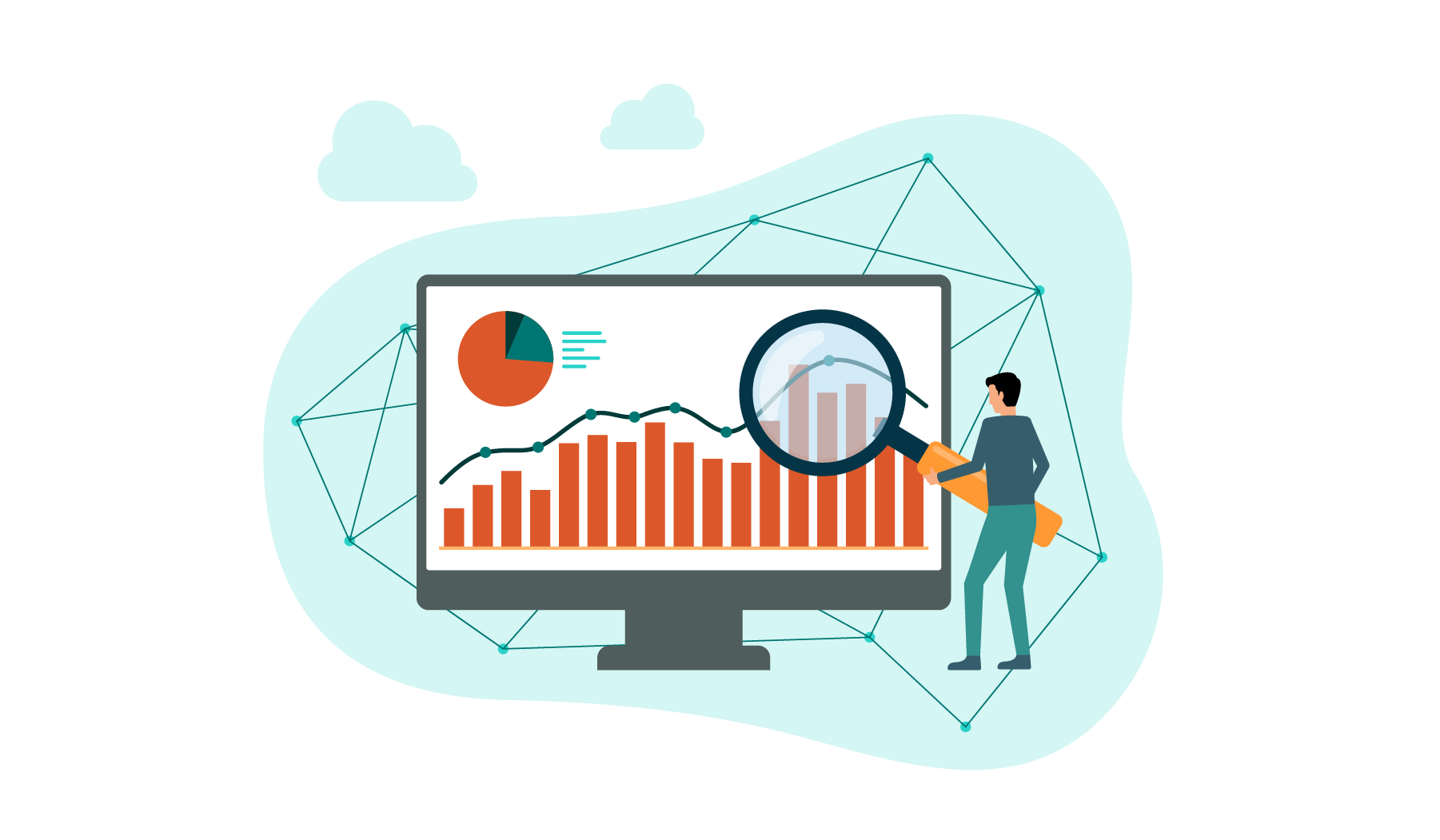The Pillars of Superior Donor Management Software

Over the past month, we’ve discussed the importance of good, clean donor data and some of the ways you can put it to work for you to best effect. This week we’re going to take a step back from the minutiae of data management to talk about the bigger picture when it comes to choosing, learning, and ultimately trusting your donor management program.
As your non-profit organization grows, so does your dependence on the data you’ve collected about the donors who keep you afloat. Sooner or later, you outgrow the spreadsheets that once served you so well, and you’re faced with the reality that your organization needs a more powerful solution—software that can better manage not just your donor data but your donor relationships, and do both in a way that helps you meet and exceed your organization’s goals.
Function: Does it do the job?
Whether you’re shopping for your first software solution or hoping to upgrade to a more powerful platform, you need software that makes the transition as painless as possible while allowing you to easily update records, eliminate duplicates, and visualize relationships and affiliations. You need a one-stop shop that lets you collect donations, track recurring gifts, plan peer-to-peer campaigns and events, assess donor engagement, and communicate with your donors to update them or thank them for their support. And you need a solution that helps you analyze and visualize your data in real-time, 24/7, from wherever you are.
Form: Is it usable? Is it liveable?
A software program might have all the functionality you could ever need, but it’s useless if you can’t easily find and interact with the features you want to use. The software your organization uses every day to manage your donor relationships and data needs to be intuitive enough that any member of your staff can be quickly trained to use the features they need. The interface should be easy to look at and navigate with the eye, and the ability to customize the main dashboard to see what you need, where you need it, is a must.
Trust: Can you rely on your data to lead you in the right direction?
On average, organizations report that 29% of their data is “suspect” or unreliable. The software you choose to manage your donor database must eliminate and/or prevent the most common data errors so that when you pull results, you can believe what you see.
Once you’ve established a baseline of reliable data, it’s important to let it do its job. This means trusting that the data in your reports are telling you the truth, and it means acting on that information rather than relying on your gut feelings. Your experience and instincts are important to the equation, but getting intimate with your data can mean developing a data literacy that combines your experience with the facts your data is showing you, ensuring that your organization comes out on top.
Look for function, assess form, and insist on data you can trust, and your data management software will serve you well.

